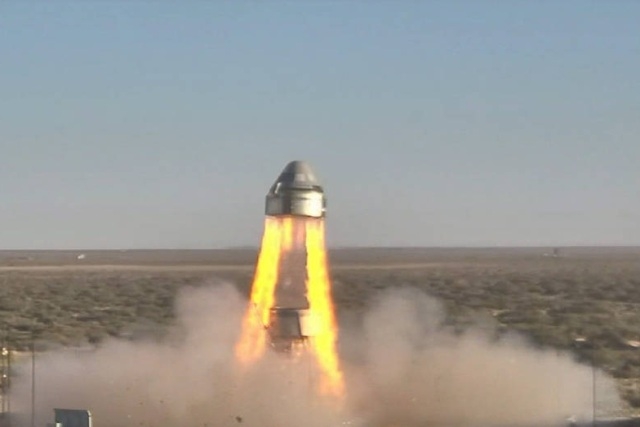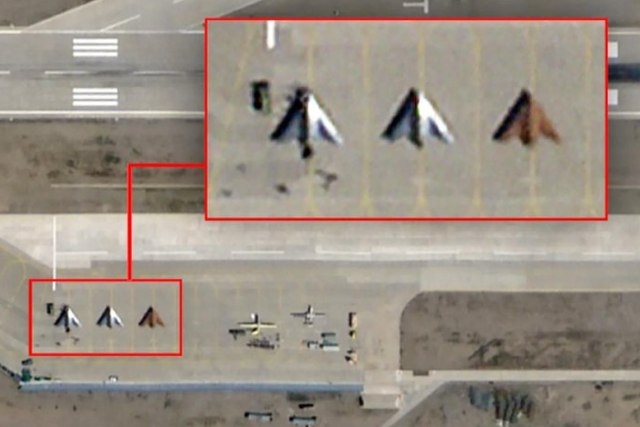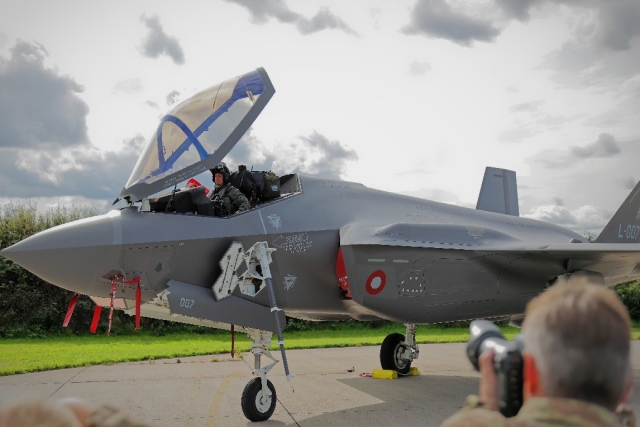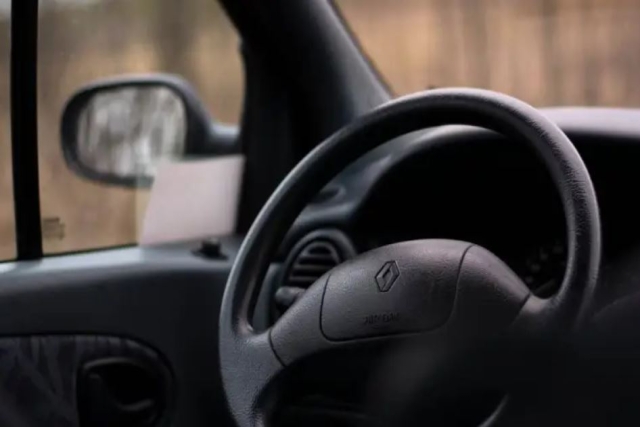Boeing admits Parachute 'Deployment Anomaly' in Spaceflight Abort Test

Boeing has admitted to a ‘deployment anomaly’ during a CST-100 Starliner manned spaceflight pad abort test in which all three parachutes failed to deploy.
“We will review the data to determine how all of the systems performed, including the parachute deployment sequence. We did have a deployment anomaly, not a parachute failure. It’s too early to determine why all three main parachutes did not deploy, however, having two of three deploy successfully is acceptable for the test parameters and crew safety,” a Boeing statement said Monday.
At this time we don’t expect any impact to our scheduled Dec. 17 Orbital Flight Test. Going forward we will do everything needed to ensure safe orbital flights with crew, the statement added.
An earlier statement, however, said: Boeing today cleared a crucial test on the way to returning the United States to human spaceflight launch capabilities by completing a successful pad abort test of the CST-100 Starliner.
During the two-minute test designed to simulate a launch pad emergency, an uncrewed Starliner spacecraft lifted off under its own power from a test stand at the U.S. Army’s White Sands Missile Range in New Mexico. The vehicle was able to demonstrate the proper performance of numerous integrated systems that would be needed to successfully propel the capsule away from its Atlas V launch vehicle at any point during the ascent.
“The test team and spacecraft performed flawlessly,” said Starliner Program Manager John Mulholland. “Emergency scenario testing is very complex, and today our team validated that the spacecraft will keep our crew safe in the unlikely event of an abort.”
At T-0 in the countdown, Starliner fired its four launch abort engines (LAEs) and several orbital maneuvering and attitude control (OMAC) thrusters. With 190,000 pounds of thrust, the spacecraft quickly pushed up and away from the test stand, showcasing how fast the system can whisk crews away from danger if necessary. The vehicle flew nearly a mile in just under 20 seconds before deploying its forward heat shield and parachutes.
Nearly 34 seconds into the test, the service and crew modules separated. As the crew module descended slowly to a safe landing under the parachutes, the service module continued to free fall as planned.
Just over a minute into the test, the vehicle’s base heat shield separated, allowing the Starliner spacecraft’s air bags to deploy and inflate in preparation for landing. The crew module touched down 95 seconds after the abort engines fired.
“We’ve tested all these systems individually, so we know the propulsion system fires at the intended levels, and we know the parachutes can support the vehicle and safely slow it down, but the real test is making sure those systems can perform together. That’s when you know these systems are ready to fly people,” said Boeing’s Pad Abort Test Flight Director Alicia Evans.









